
Core
Other works


The banned artwork was an activist installation that asked the ethics of a megapopular part of market, teen porn. – According to researchers, it is the largest genre of mainstream porn in the moment and turned out to be the fastest-growing genre between 2005-2013, searches for “teen porn” had more than tripled during that period. In the police attack and trial it was proved, that authorities have nothing against producing and consuming this part of popular culture. Only critical art or ethical questionning are considered as sex crimes.
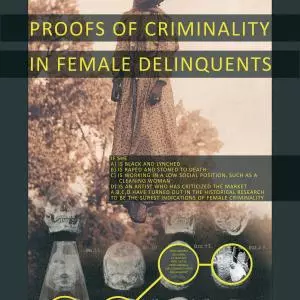
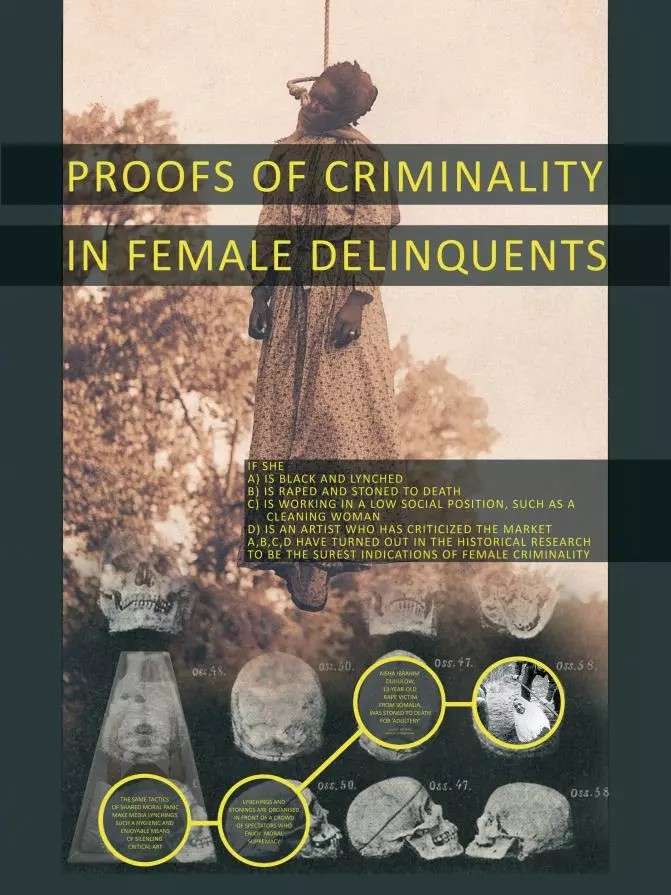
Sometimes good people call criminals those, whom they want to exclude from society. The sentence by stoning is in some countries reserved for raped women, or for those accused of adultery. The western society books the same judgment, as a hygienic media version, for those who criticize porn industry. - Banner Donna Criminale.
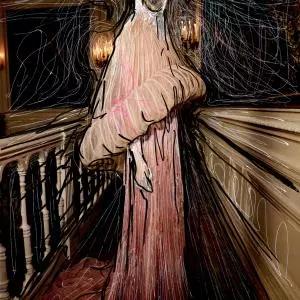

Scream, from series Blindfold. Mediaimagery manipulated unrecognisable. - In the earlier censorhip case it was demanded that art can criticize market-based values only by blinding brands and making protagonists unrecognisable. The request turns reality to fantasy and makes social critique impossible.
The Life and Death of a Criminal
Criminals often wonder untill their death what they have done. Me too. In crimes, as well in art, important is, however, not a personal story or sole object, but what it reveals of society. In this story, a hardened criminal meditates why it would be so much better for a developed western society, to have her executed.
Donna Criminale -project presents a hanged goddess constructed of toilet paper, a material regarded as the most banal and worthless: a patron saint of those who are thought to be low or marginal, the wrong kind of people, ‘the others’. The sociologist Zygmunt Bauman has noted that in contemporary consumer society, we have begun to see the poor, those who cannot participate enough in consuming, as criminals.
Donna Criminale is a project documenting social questions around a banned artwork and dealing with new forms of censorship and social inequality in contemporary market-based society. – The hybrid conceptual-political project includes an installation with variable dimensions, a toilet paper sculpture, a ‘stoning to death’ -performance, photographic prints based on a digital collage, and a book.
The project interprets the contemporary market economy as a mystery religion, worshipped every day and everywhere on the globe, and striving to secure its position as the first global religion. It is successful, because instead of suffering and ethics, it speaks of winning and never-ending enjoyment. It has, at least in advertisements and hopes, made the luxurious surrealism come true. Women have to serve as the sacrificial animal and fetish of this flourishing social structure. After decenniums of development in gender equality, market society has attracted women to focus on seduction: to consume and to advertise it, but also to embody it.
As Bauman states, the hedonistic consumerism has a counter-effect, growing inequality. The ”low” workers in white gowns, from nurses to housemaids and cleaning ladies, have often been treated degradingly, as cheaper or more inhuman than toilet paper.
Contemporary consumerist society has also resulted in a new kind of censorship, founded on market-based values and neoliberal ideology. The project Donna Criminale is based on a real and personal case of an artist as a despised criminal who touched a taboo. In this true story behind the work, an artwork led to a trial and the artist was found to be a guilty criminal, who was prohibited to criticize a mass market phenomenon, although the production and consumption of the same market were bypassed as legal. If in advanced capitalism those in lower social positions are treated as criminals, the same can be true for an artist who comments on social phenomena. The book studies the blind spots in society around this art trial case, and gathers together different visual parts and artworks in the project.
The religious status of market capitalism, its position as a taboo outside criticism, was clearly seen in this art trial case in Finland. It was required that the holy trinity of advertisements, celebrities and porn can only be referred to if the brands and stars are masked and remain unknown. It was expected that when speaking about the market, we need blindfolds – a demand that makes a truthful view and critique impossible.
The banners of this project explore how to recognize a criminal woman – a famous Italian positivist criminologist, Cesare Lombroso, often cited as the father of criminology, wrote a book on the same theme over a hundred years ago. Lombroso tried to distinguish criminals on the basis of their appearance, and saw criminals as being born as such rather than made. If Lombroso understood that a born criminal has large ears, his Finnish successors saw that an artist dressed in white (the color of the standard toilet paper), must surely be a criminal.
This thought, presented by Lombroso, of certain inferior groups of humans, can be found at the root of the values of the Third Reich. It is not so long ago when those interpreted as being lower were gathered to be retrained, i.e. eliminated. A similar belief that certain people are ”objectively” higher, better, more worth of profit, is also alive in contemporary democratic society with its special kind of censorship.
_ _ _ _ _ _ _
Ongoing project, can be exhibited as a smaller or bigger whole.
A rhizome-like entity or multiplicity, where one part leads to another.
Includes various visual, performative, philosophical/theoretical parts:
- installation of a hanged toilet-paper goddess
- performance Stoning to Death
- installations Biennial of the Lynched, Hygienische Neoliberalistische… etc.
- big banners 2 x 1,5m (8 pieces)
- image series Blindfold (about 70 small pieces in antique frames)
- image series Blind Spot Society (60 x 80 cm, diasec, 6 pieces)
- lectures at international conferences on the themes of the project: socially critical art, censorship, aesthetics in market society
- book
Picture&essay-book "Donna Criminale: Capitalism as Religion, Market Criticism as Crime", BGBG, 128 pages, colors 4/4, 29x24 cm, languages English/Finnish. Artworks and graphic design by Ulla Karttunen. Texts by PhD, Ass. Professor Mojca Puncer; PhD, Professor Anita Seppä; PhD, Professor Yrjö Sepänmaa; and Ulla Karttunen.
Places:
Helsinki 2009 (performance), Beijing 2010 (conference +flyer), Ljubljana 2011 (solo exhibition), Ljubljana 2011 (symposium linked to solo exhibition), Joensuu 2011 (solo exhibition), Cartagena 2011 (conference), Geneva 2011 (conference), Leipzig 2012 (installation c. 1000m2, group exhibition), Weimar 2012 (installation, group exhibition), Wien 2012 (conference), Berlin 2013 (solo exhibition), Warsaw 2013 (conference), Torino 2013 (conference), Porvoo 2014 (solo exhibition), Yokohama 2014 (conference), Joensuu 2015 (installation, group exhibition), Prague 2015 (conference), Lappeenranta 2016 (installation, group exhibition), Florence 2016 (installation, group exhibition, best project prize), Ponte de Lima 2016 (installation, group exhibition), Seoul 2016 (conference), Algiers 2016 (installation, group exhibition), London 2017 (group exhibition)
 Share / Save
Share / Save

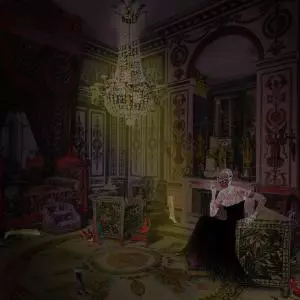

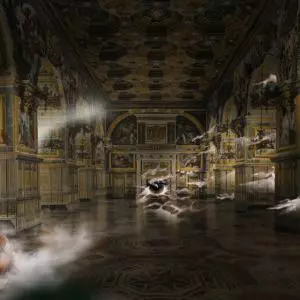

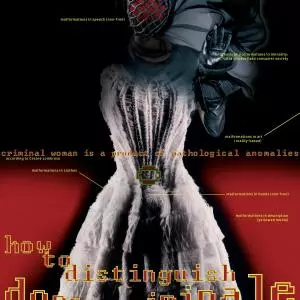
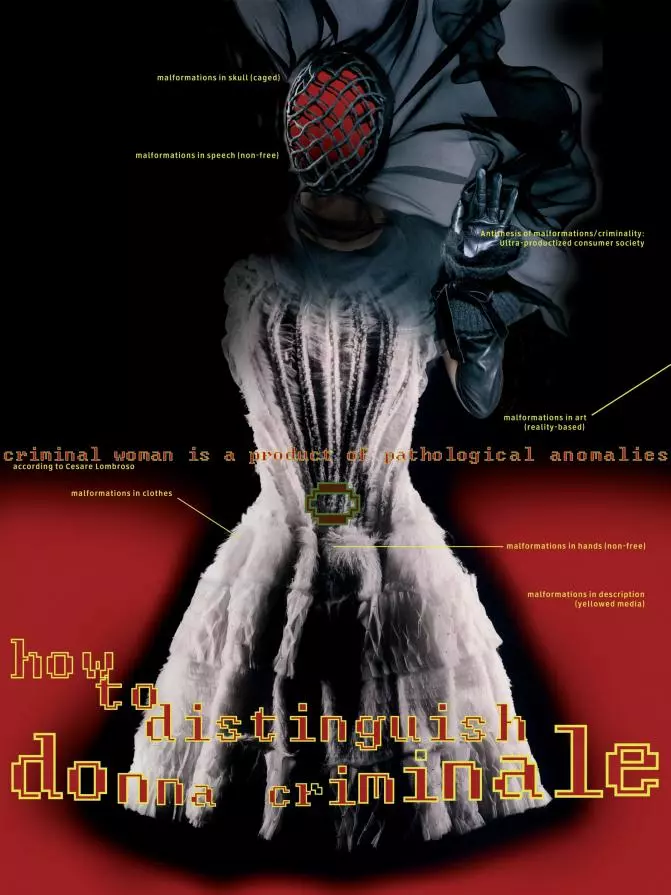





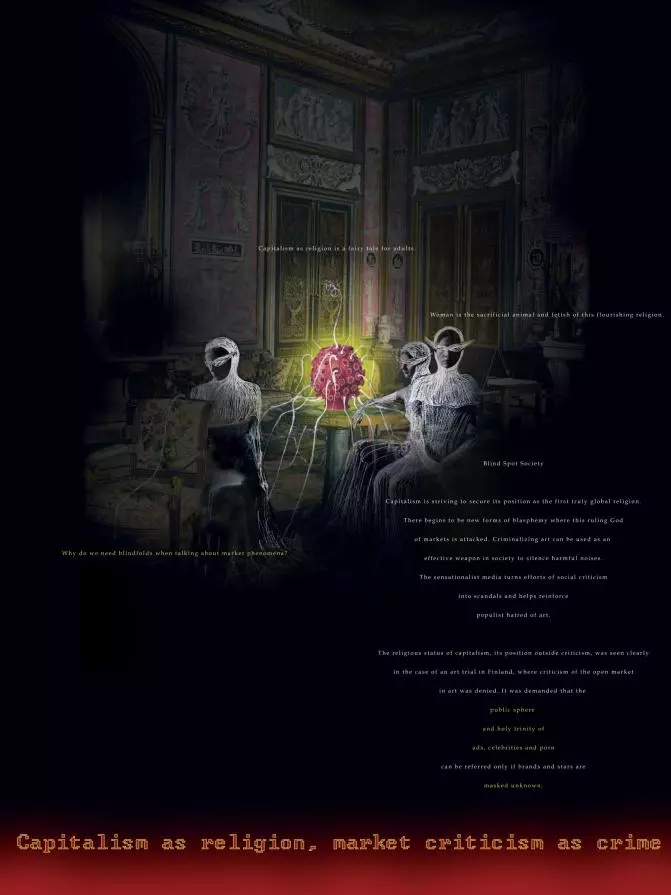
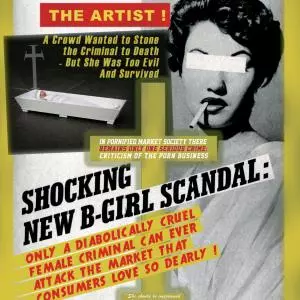

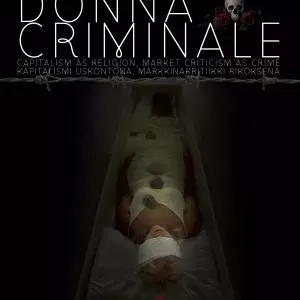





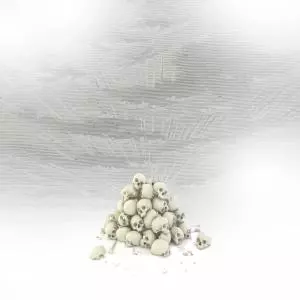




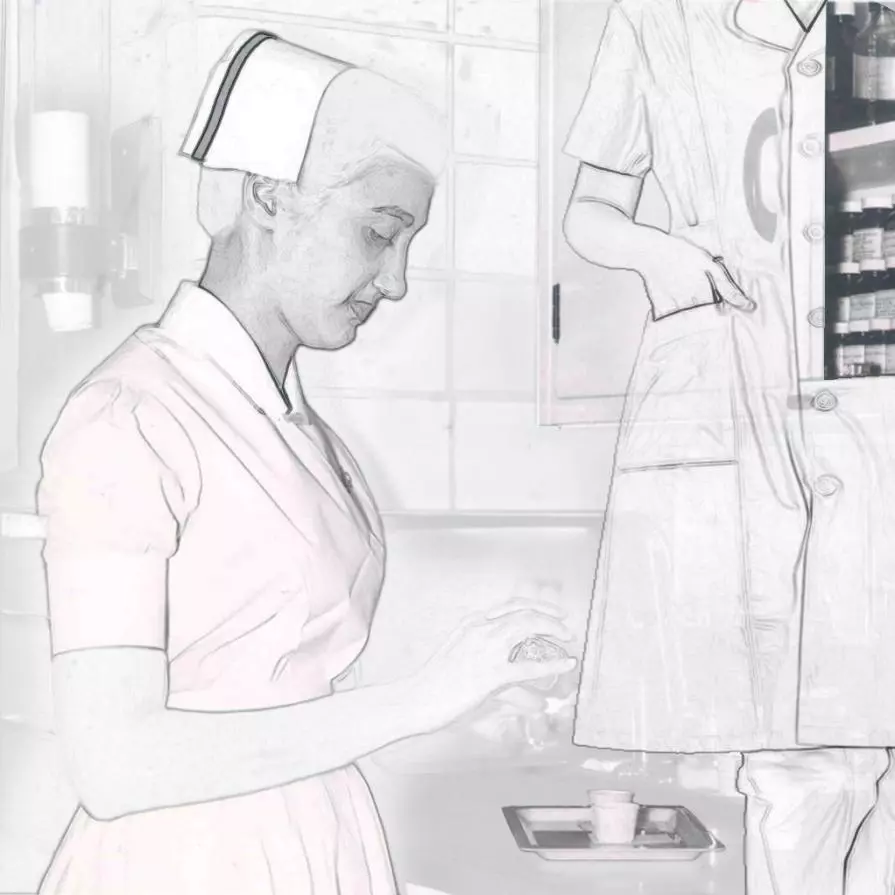



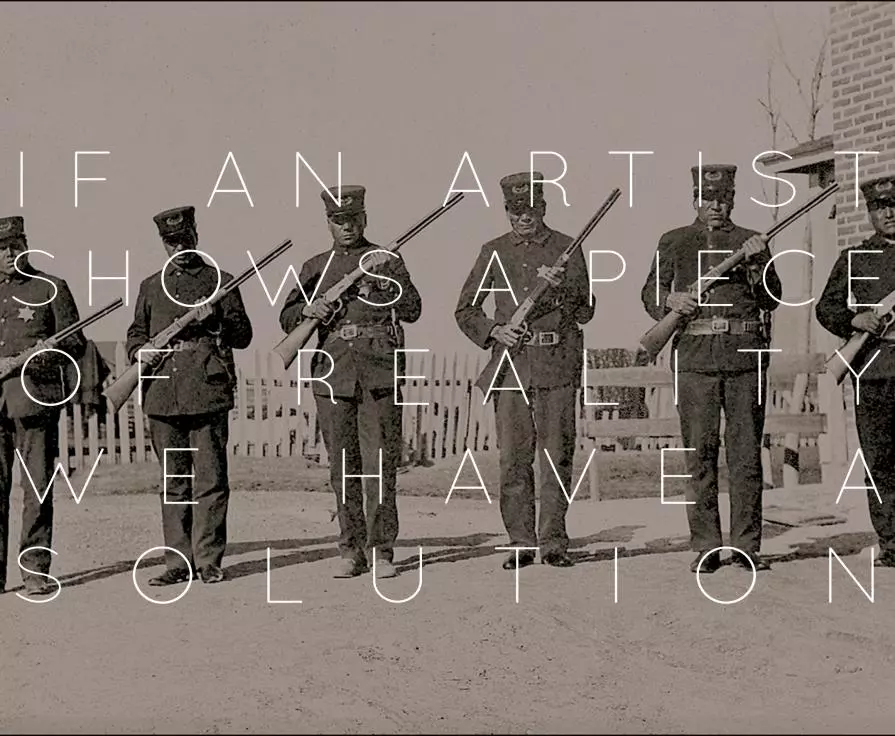



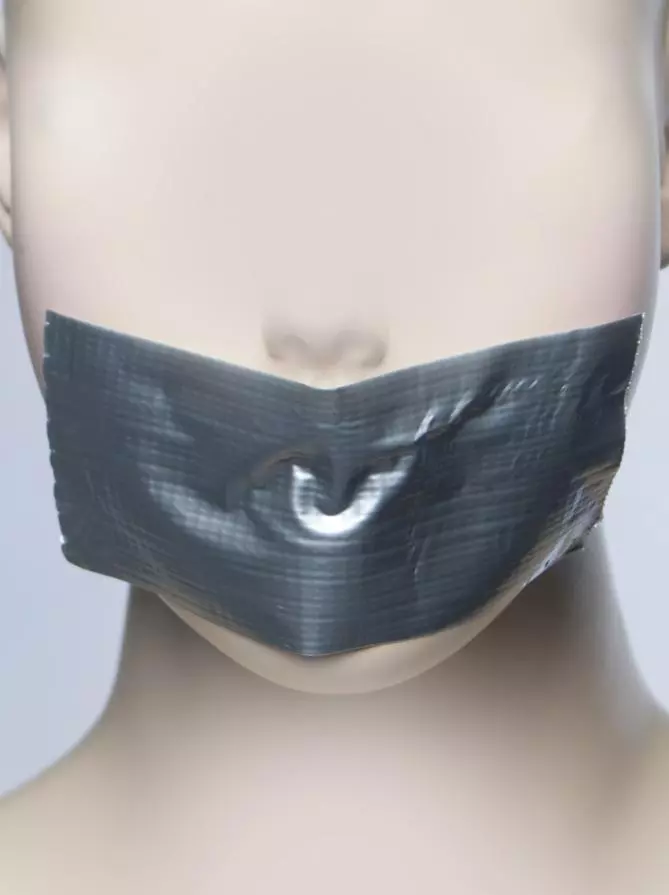
















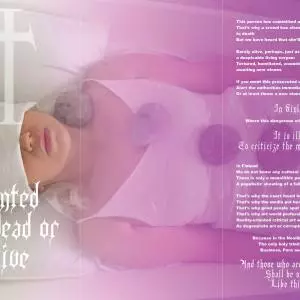


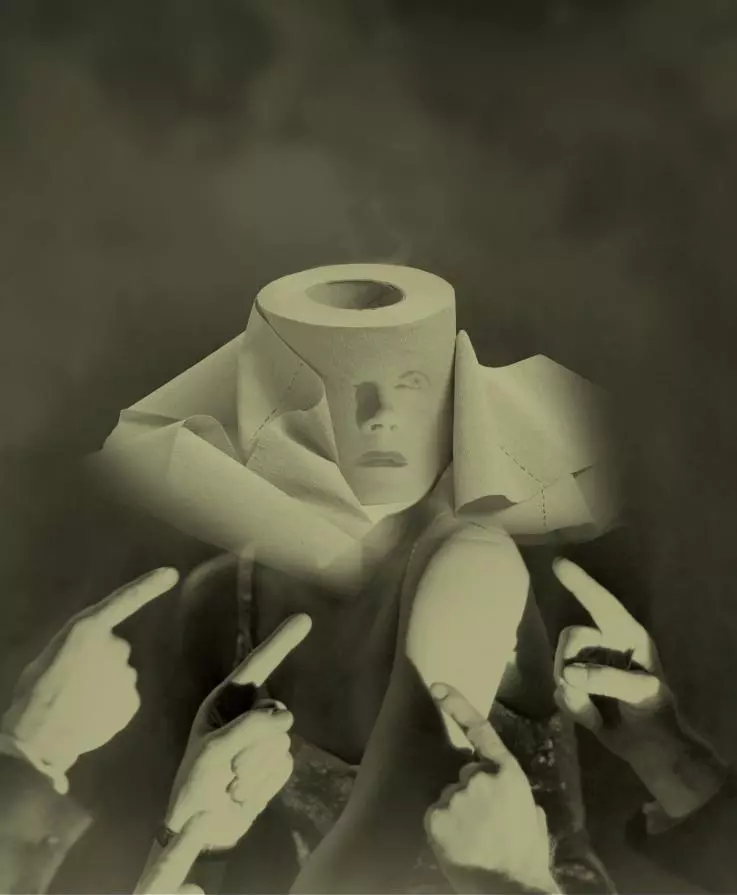





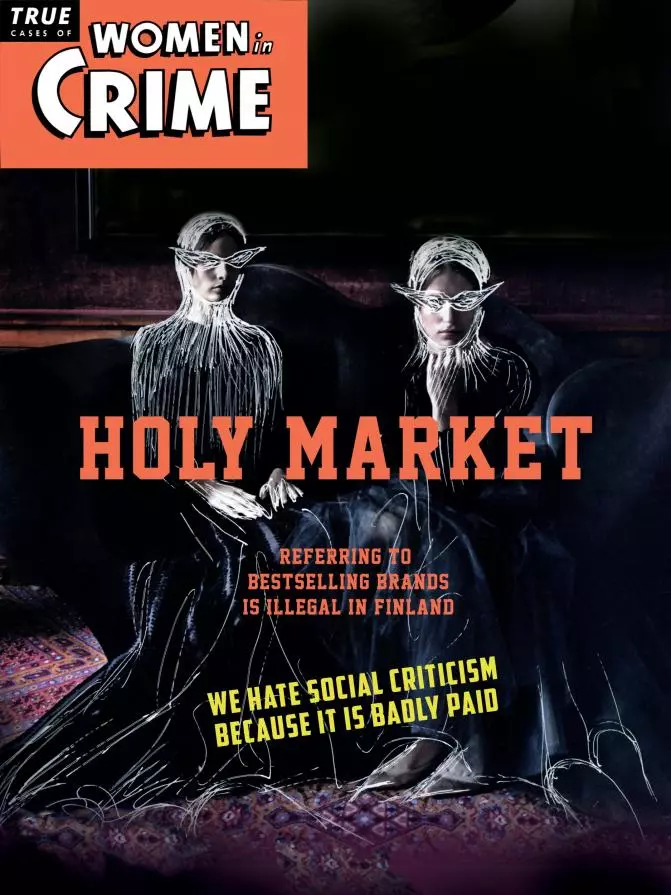

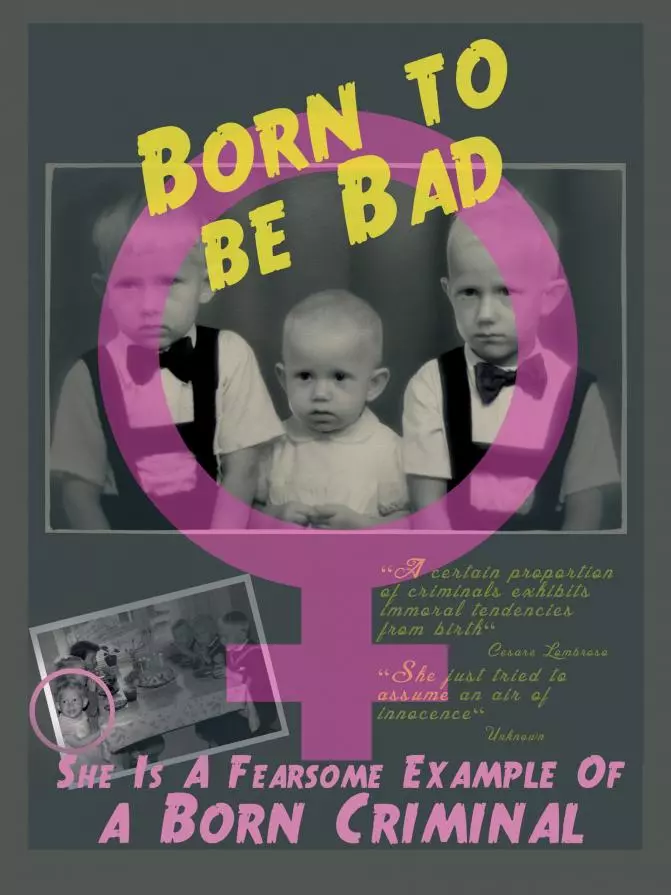


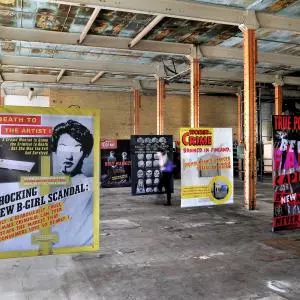
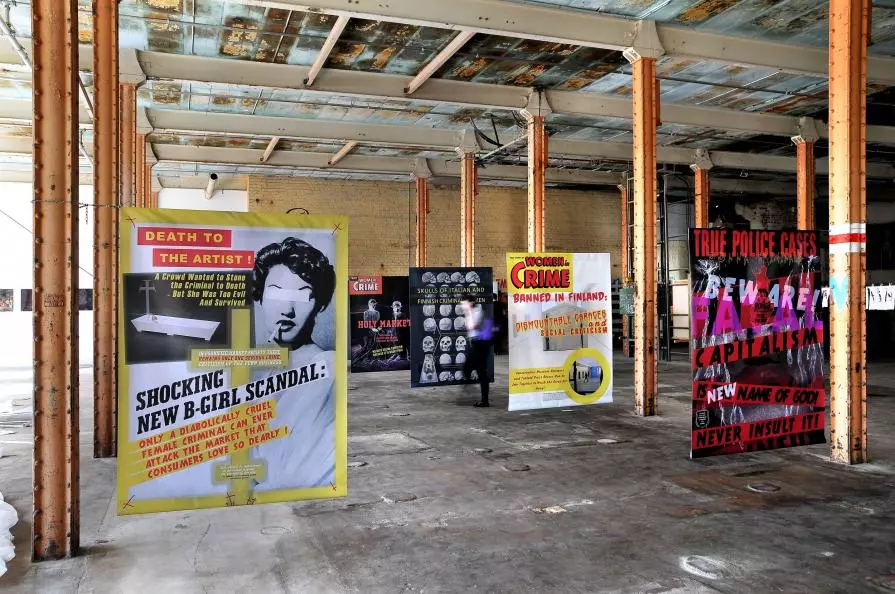

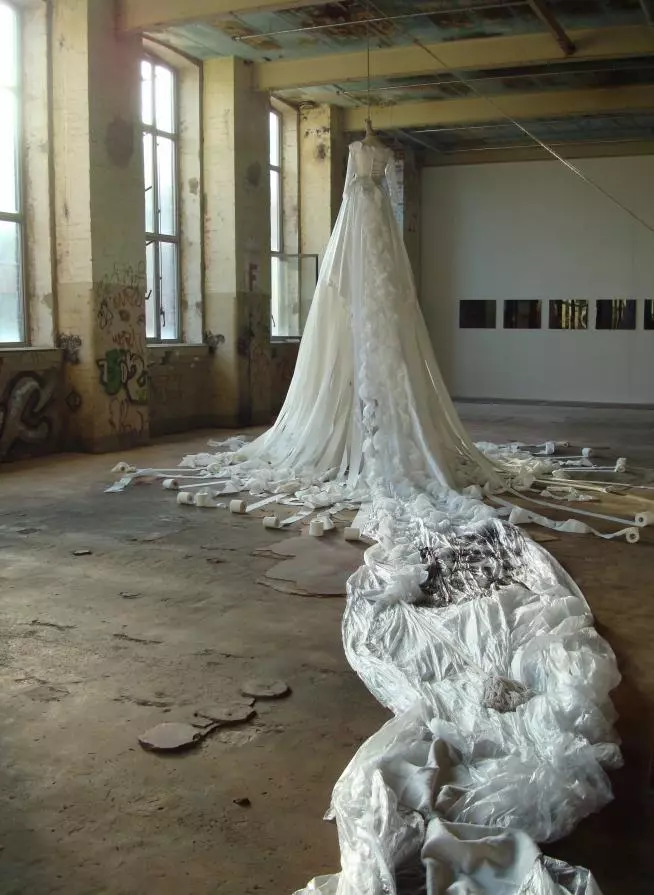



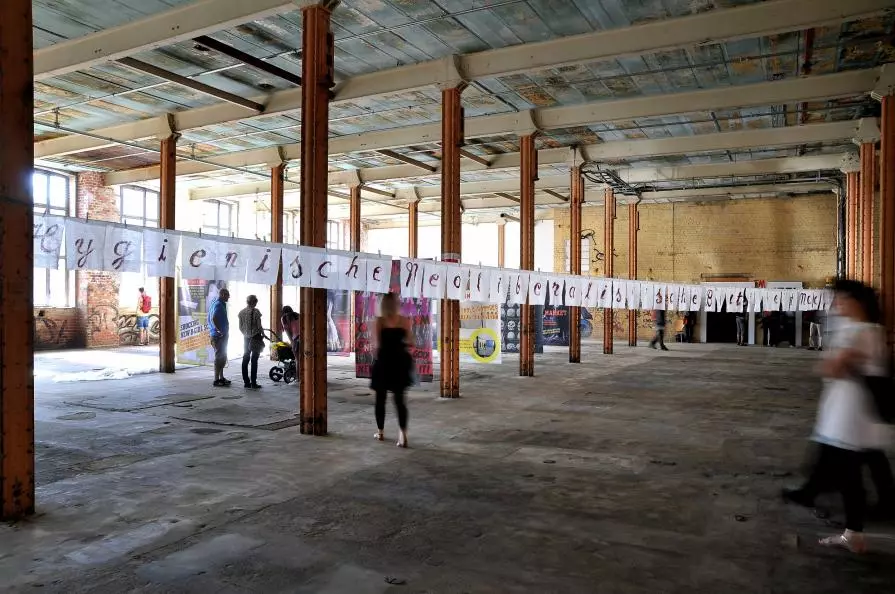



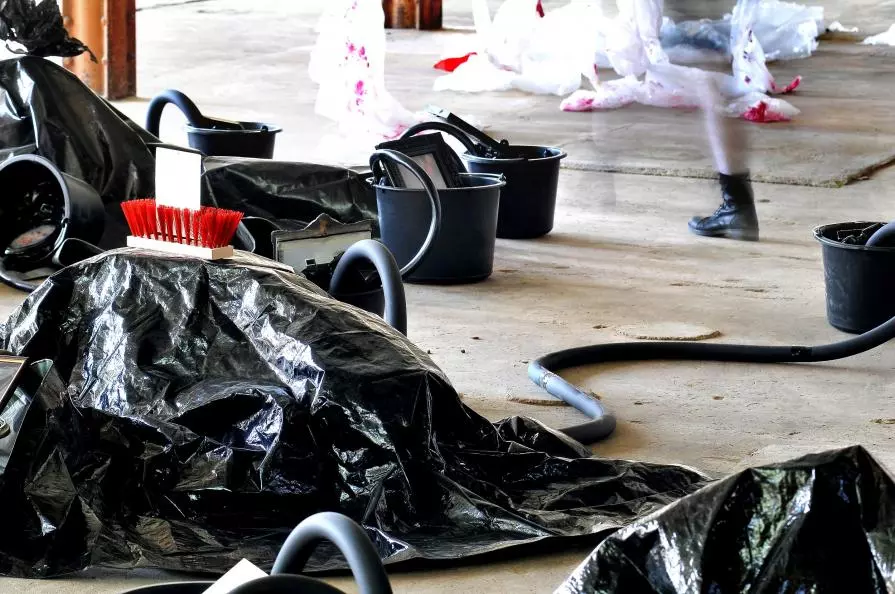
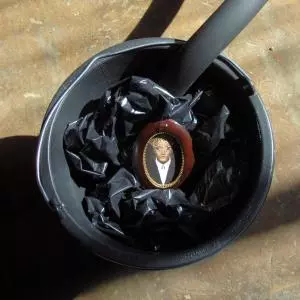
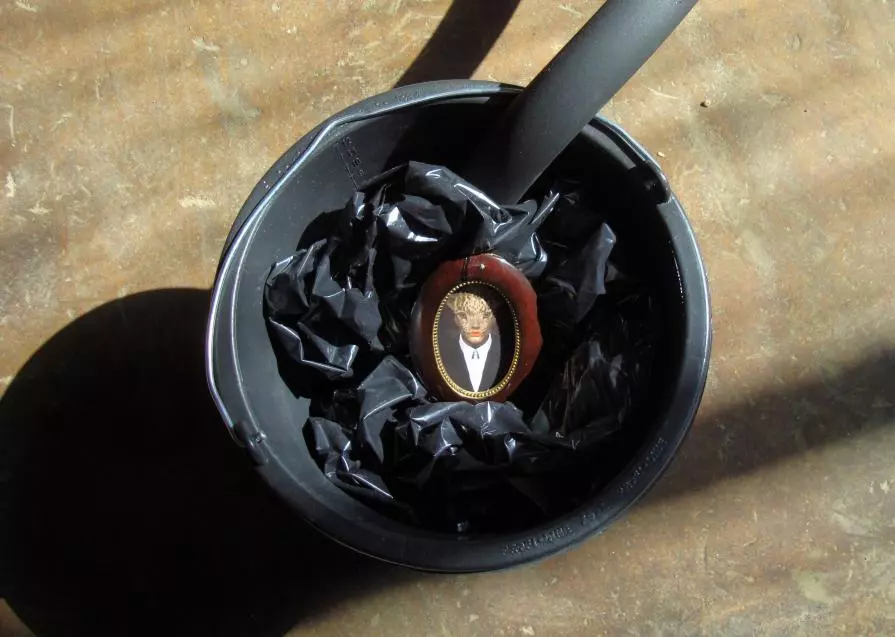
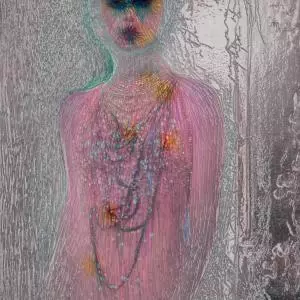
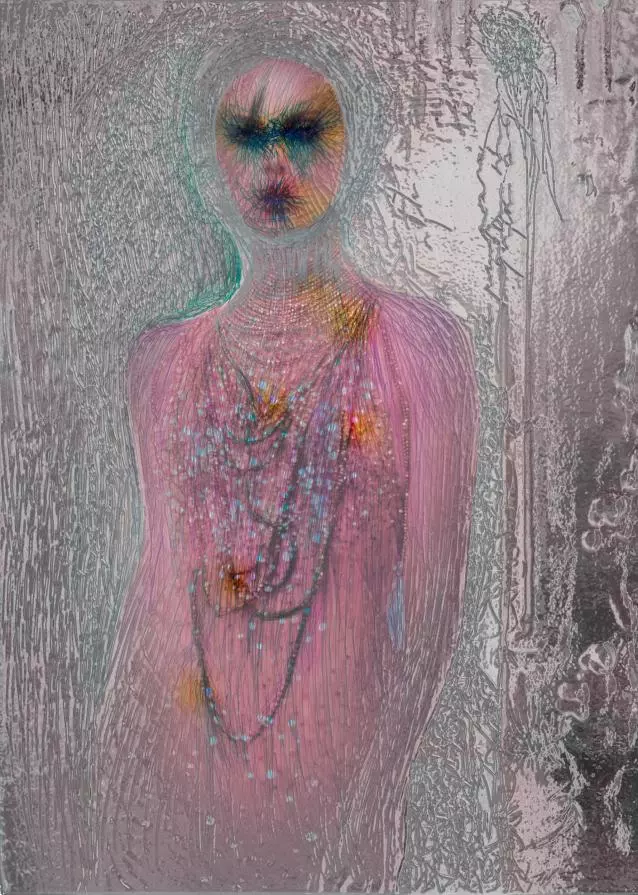
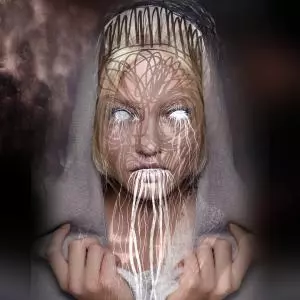
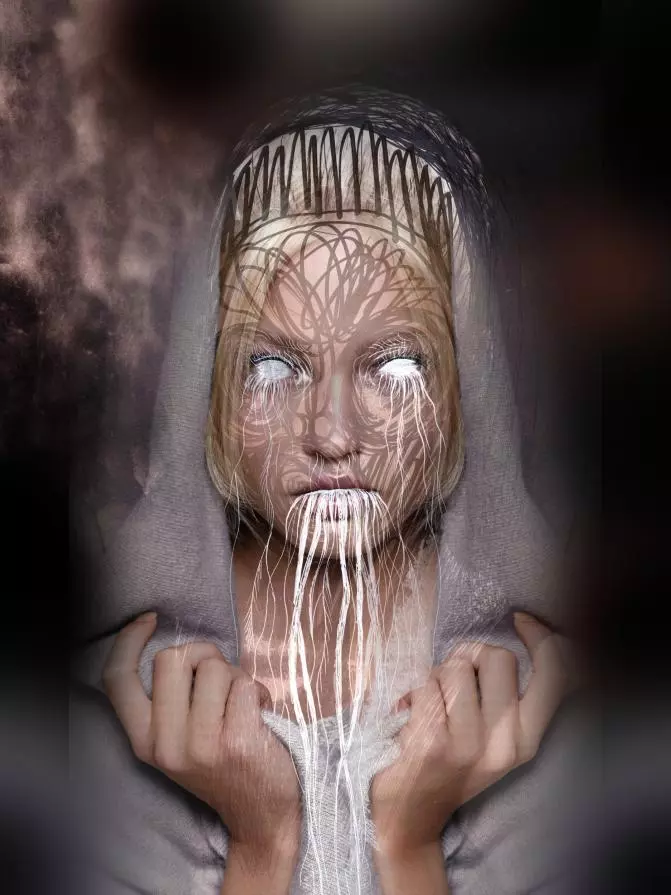

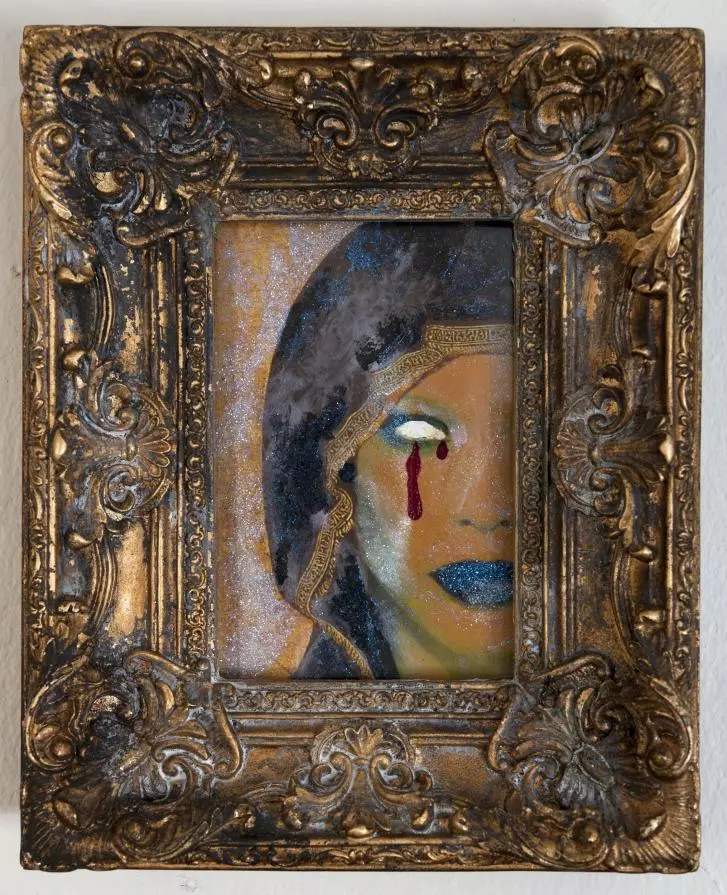




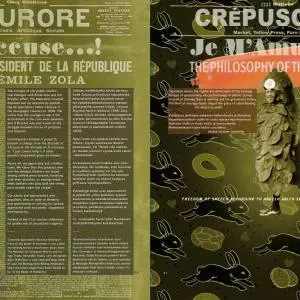
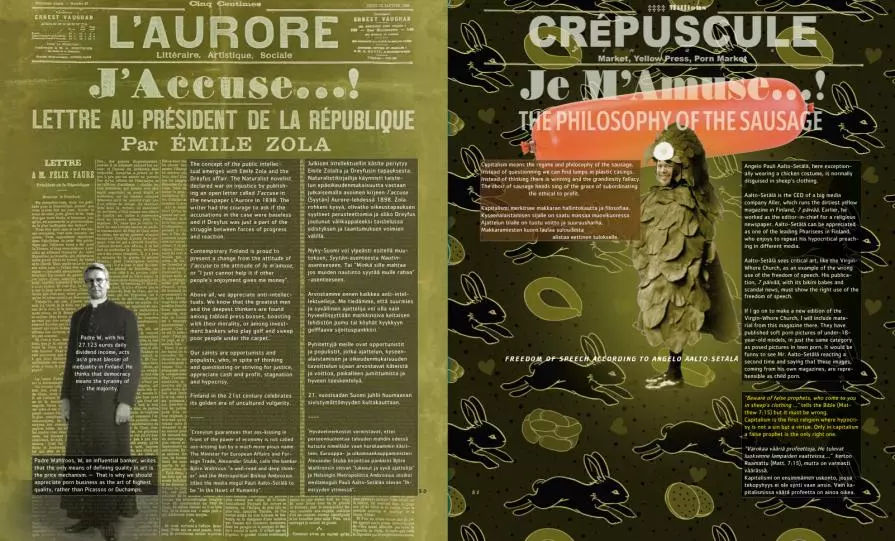

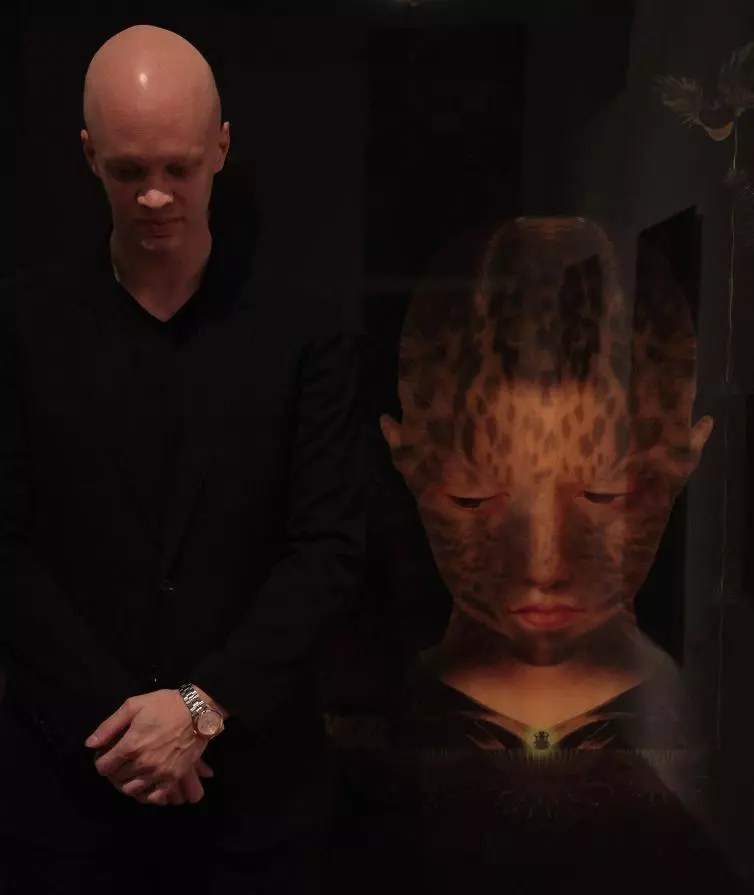


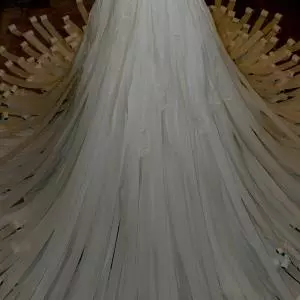

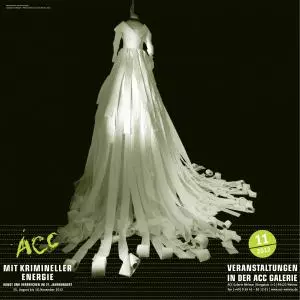

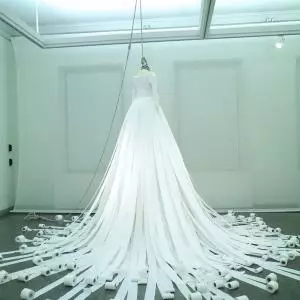





























Comments 0
Say something